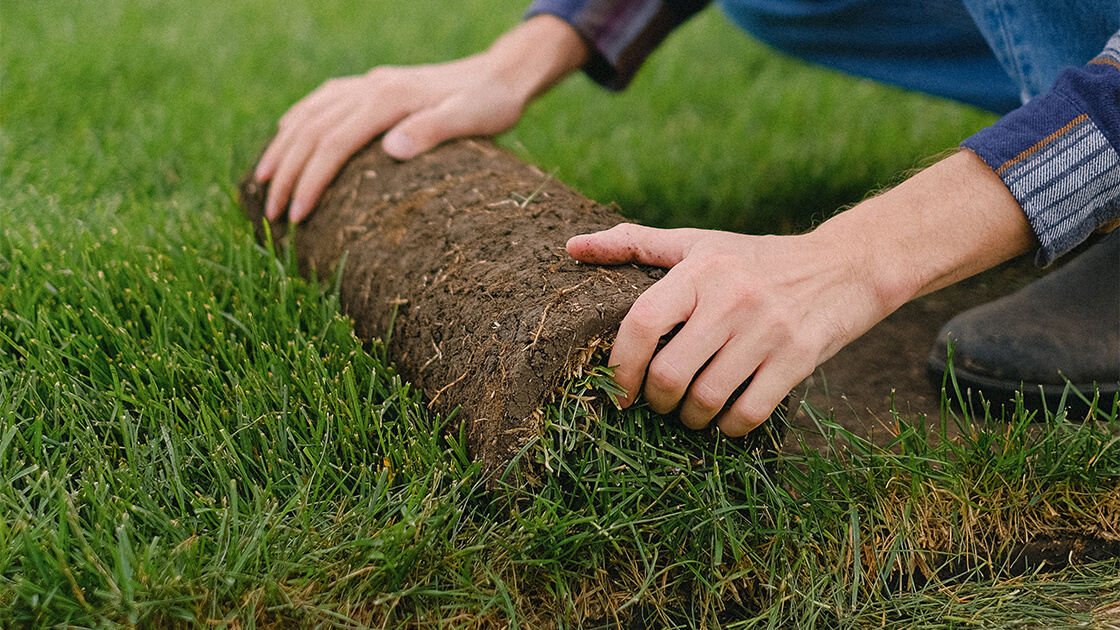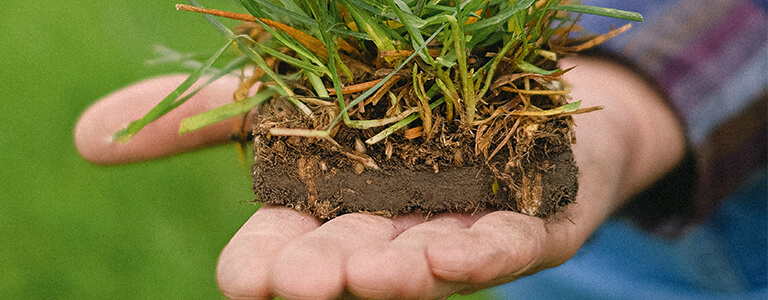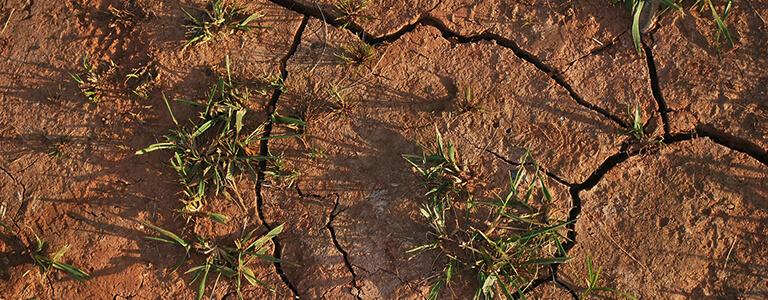
If a good-looking lawn is what you are after, then you need to ensure you have quality soil.
Good and quality soil is integral to a healthy lawn. It provides the essential elements your grass needs to grow – including air, water and nutrients.
As a vital component in your overall lawn’s health, you should inspect your soil to identify the issues present. Whether you have a fresh unlaid instant lawn or existing grass, it is encouraged to check your soil’s health.
To ensure you have good soil, you must check its current condition. Depending on the situation, you can undertake a few recommended actions to improve and restore the overall health of your lawn.
To see how you can test your soil and determine the solution you need, keep reading.
Check the pH levels of your soil
When restoring the quality of your soil, you should test it with a pH tester kit. The pH level is measured from 0 – 14, with the ideal scale between 6 and 7.
By following directions from the tester kit and utilising random samples of your lawn mix, you can get a good indication of the soil’s health and how you can improve it.

If the result for your soil’s pH level is below average, that means the acidic level is too high. This requires lime or a balanced mix of lime and dolomite to help raise the level and supply the magnesium it could be lacking. You should review the application rates before use.
Tip: If you need to raise the pH by a single unit, you will roughly need 100 – 150g per square metre for sandy soil. For clay soils, this would be around 250g per square metre.
You should also aerate your lawn before application to encourage the lime’s performance. Follow up with a top dressing of washed river sand to finish off.
If the pH level is too high, you have alkaline soil, which will need to decrease. Using sulphur-based products can lower the pH level. It is recommended to use 100g per square meter to reduce the pH level by a single unit.
What to do if your soil is water repelling
Are you experiencing dry patches of lawn? This can often be the result of hydrophobic soil (soil that repels water).
With many Australian turf supplies being grown on top of sandy soil, the soil can adopt a water-repelling layer, deterring water from being absorbed.
Having hydrophobic soil means you need to help encourage your lawn to digest the water you feed it. To do this, you must apply a wetting agent to attract and soak that water in.
Wetting agents come in either liquid or granular forms and can be added to top dressings or lawn foods. You should apply the wetting agent at the beginning and end of spring and then once more at the start of autumn.
After each application, you must give the grass deep water with a hand-held hose.
What to do if you have dry compacted soil
For dry, compacted soil, you may need to aerate your lawn.
After large amounts of foot traffic, neglected lawns can have the space absorbed from the soil particles. This makes it hard for water, nutrients and air to move to the grassroots.
Lawns require air passages to allow crucial elements to be absorbed through the roots to help them grow. You can use a hand-held or machine-guided aerator to remove bits of soil and create passageways.
After this is done, follow up by giving your lawn fertiliser and a healthy amount of water. Try to refrain from walking on your grass and give it a few days to breathe.

What to do if you have wet, soggy soil
If you have waterlogged soil, it is encouraged you get on top of it as soon as possible. Although water supply is important, an excessive amount can overwhelm your turf.
Too much water can reduce the oxygen your turf is getting and can do more damage than good. While you can help this by creating sub-surface trenches, you can also find a solution to improving your soil structure.
If your lawn is swimming in too much water, it is usually due to heavy clay soil clumped together, causing the water to pool on top rather than be absorbed.
Introducing chemicals such as gypsum or clay breaker can improve the soil structure, allowing it to open up and absorb the water. Once this is done and the soil is loose, further addition of compost is advised to help encourage its growth.
This may be a slower process, but it will improve the soil structure and slow down water flooding overall.
Found your answer? Give it a try! If you have any more questions on the health of your soil, feel free to call the turf experts at J&B Buffalo Turf Supplies on 1800 668 786.
Are you looking to purchase new turf? Buy fresh turf online by visiting our website. Offering contact-less delivery, we can supply you with new turf with just a few clicks.



